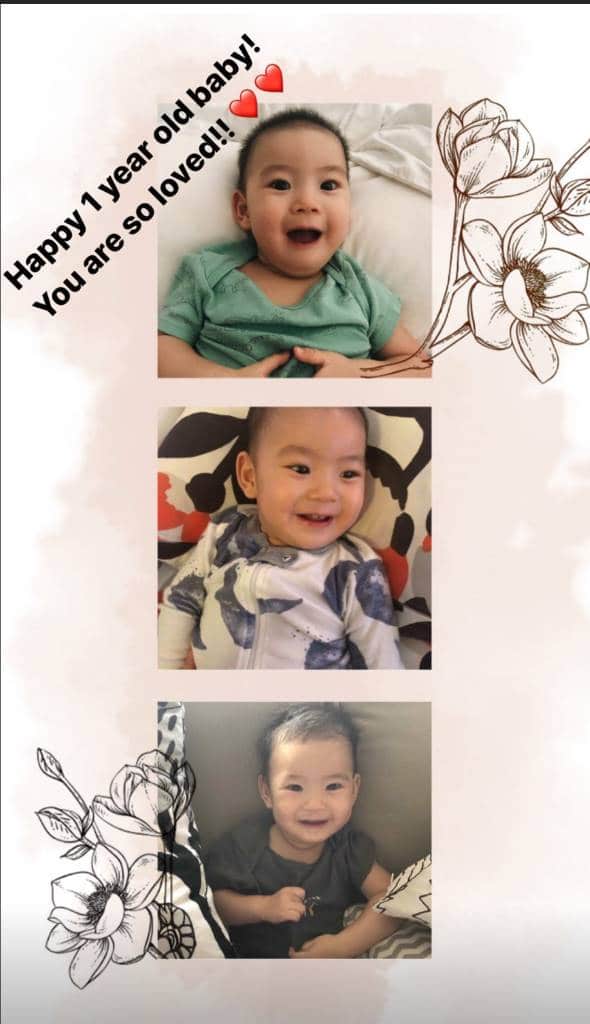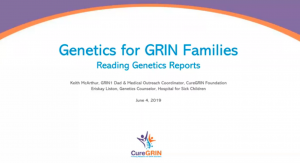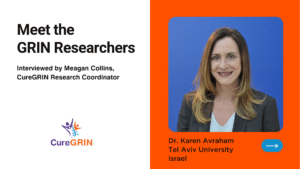The Making of a GRI Disorder Fundraiser
Share This Post

A mother’s journey in sharing her story with strangers
By: Natasha Lesmana, Mother of Aiden (GRIN1)

I recently watched the movie Hustler with Jennifer Lopez and she said a line in the movie that really spoke to me, “motherhood is a mental illness”. I can’t really explain what this means to me in words, but I am sure other moms would understand. I would do anything for my son Aiden.
Aiden, born September 2018, was diagnosed with GRIN1 mutation when he was 6 months old. Currently, at 16 months old, he is unable to sit on his own, crawl, nor eat or play independently. Not only do I want to find a cure for Aiden, I have to find a cure for him.
Although I wouldn’t change Aiden for the world, I want him to be able to experience the simple joys in life like running across the beach or eating some of his favorite foods by himself. I want this for all the GRIN children and future babies that will be born with this life-limiting disorder. This is what fueled me to begin raising funds for a cure for GRIN Disorders. Attending the GRIN Conference in Atlanta last September really opened my eyes to the possibility of a cure and the need to fund the research. Although our disorder is very rare, I was amazed at how many researchers attended the conference from all over the world and are interested in GRIN disorders
I’m the first to admit I really don’t know much about fundraising. In fact, I didn’t really have a fundraising strategy at all. I had no idea how much to expect to raise either. .
Since I use Instagram the most out of all the other social media platforms and have many followers, I decided to share Aiden’s journey @thejourneyofaiden on my page on his 1st birthday (2 weeks after the GRIN conference). I also used a donation platform here in Indonesia to help collect the funds. This platform kitabisa.com is a website that allows users to post their stories and anyone can donate to their cause. After the fundraiser is over, kitabisa.com requires proof that we spent/sent the money correctly as to avoid scams which is why we used this website to help us. Because Instagram does not allow users to include links in posts, I also included the donation link in my bio and pointed supporters to click on the link there. I did not expect that so many strangers and acquaintances would help me collect over US$20K+ towards finding a cure.



Before this, we really hadn’t told people about Aiden’s story or what we were going through. Only our closest friends and family knew about his GRIN1 mutation and the struggles we endure. People were touched by his story and a lot were shocked. Having a child with GRIN1 is not something that we could have tested for. This mutation can happen to anyone spontaneously. This information inspired a lot of our friends and other parents to donate to find a cure for GRIN disorders or to just repost Aiden’s story to help share awareness.
Initially, I only posted Aiden’s story once. But after our GRIN community tragically lost another precious baby due to complications caused by GRIN Disorders, it renewed a sense of urgency for a cure and made me even more determined to help fund this research. So, I reminded people to donate one or two more times.
Through this experience, I learned that strangers can sometimes help more than the people we are closest with. I was often amazed by those who donated and shared our story. Many supporters are people whom I’ve never met or who I was not very close with. I also realized that humanity is good and when someone is in need, people want to help.
I also believe that this campaign has helped to increase awareness of GRIN Disorders. Especially in my area where people don’t even really know of any other genetic disorders besides down syndrome.
Sharing Aiden’s story also helped me to get better at accepting our new normal. I live in Jakarta, Indonesia and genetic disorders are extremely rare here. They are rare worldwide but here, people don’t really share things about their children or family that is not necessarily “good”. Jakarta is very conservative so I was concerned about what people would say about our family. However, sharing Aiden’s story was the best decision. This was our way of being okay with our situation, accepting it and making the best out of it.
Other parents might be nervous or intimidated about fundraising themselves. To those families I say, “Totally normal! But remember your goal is to find a cure. Only fundraising and money can help all of us find a cure for all of our children.” I really don’t think I did anything special or different and I encourage every parent to consider sharing your story and try fundraising. Although finding a cure is expensive and will require a lot of money, you don’t have to have huge goals to help. Everything helps. Raising $20 makes us $20 closer to finding the cure.
Read more Posts

GRIN Genetics 101: Understanding Your Kid’s Whole Exome Sequencing Report (WES)
Share This Post Share on facebook Share on linkedin Share on twitter Share on email https://youtu.be/2Fd8LqjxDN0 When we become parents of rare disease kids, we’re

